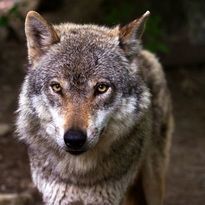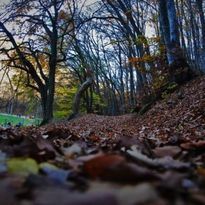Unit Overview
In Mosa Mack’s Biodiversity unit, students are led through a progression of three inquiry lessons that focus on factors that affect biodiversity, how to identify biodiversity in an area, and how to evaluate competing design solutions that preserve biodiversity and ecosystem services.
- Lesson 1

Solve: Wolf Population Mystery + Vocabulary Mind Map
Students work together to complete a biodiversity vocabulary map before helping Mosa Mack solve the issue of what to do with the increasing wolf population. By the end of The Solve, students discover that sometimes there is more than one solution to a problem and that every solution has its pros and cons. (75 mins)
- Lesson 2

Make: Schoolyard Biodiversity
Students work as field biologists to discover the biodiversity of their schoolyard ecosystem. After completing a nature walk and identifying a variety of species within their ecosystem, students explore the connections between species. Students roll a “Dice of Destiny” to explore an environmental stressor and how it could impact the biodiversity in their ecosystem. Students will design a team poster to compare biodiversity before and after the environmental stressor. (200 mins)
- Lesson 2

Extension: Ecosystem Threats
As an environmental guide for Eco Tours Company, students will construct food webs to investigate the cycling of matter and energy in the savanna, ocean, and desert ecosystems. They will use their food webs to analyze major ecosystem disruptions to support or refute the claim that an event occuring in one part of the ecosystem will not impact the region's biodiversity. (90 minutes)
- Lesson 3

Engineer: Create and Compare Competing Design Solutions to Maintain Biodiversity
Students develop and design a proposal that preserves the biodiversity and ecosystem services of their chosen ecosystem. (150 mins)
